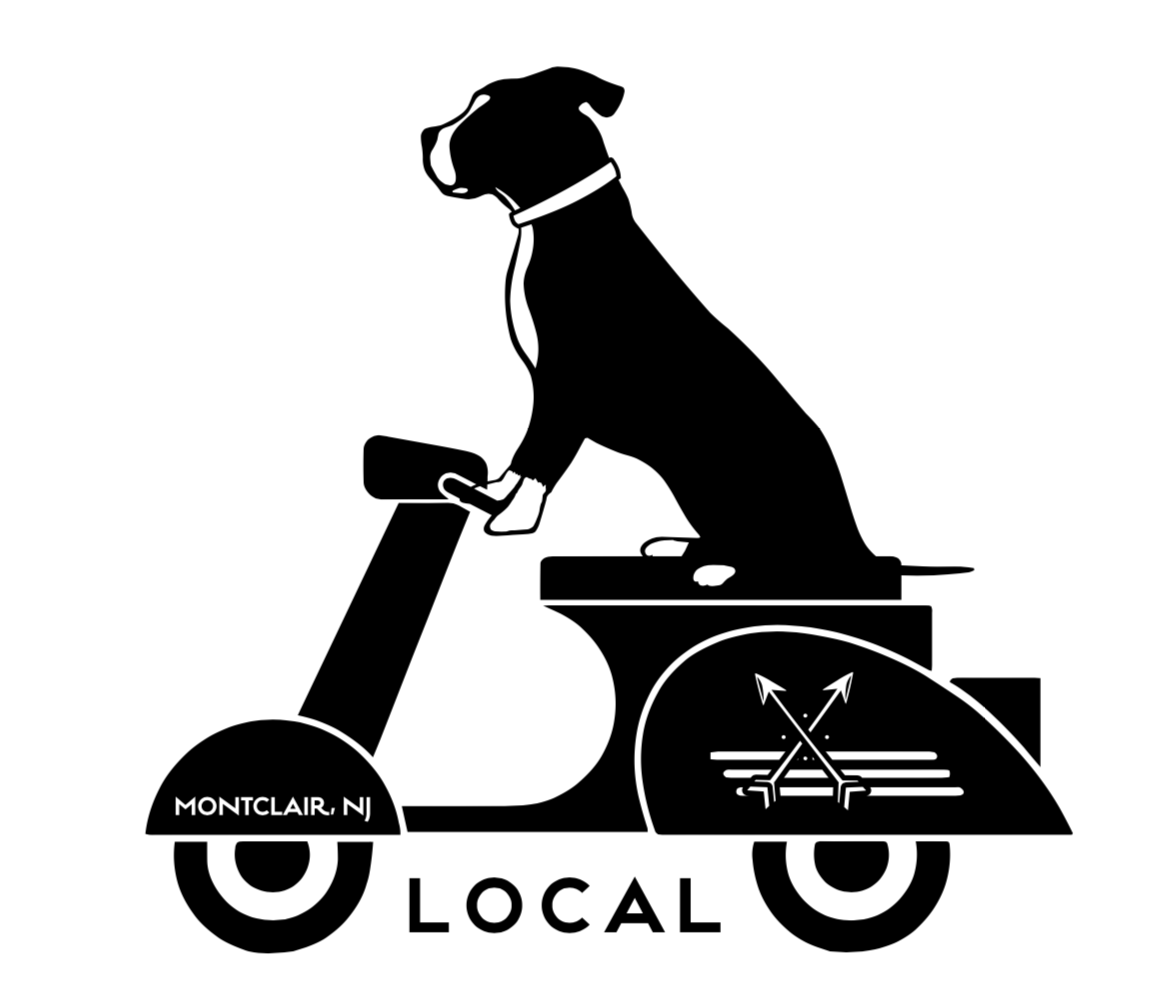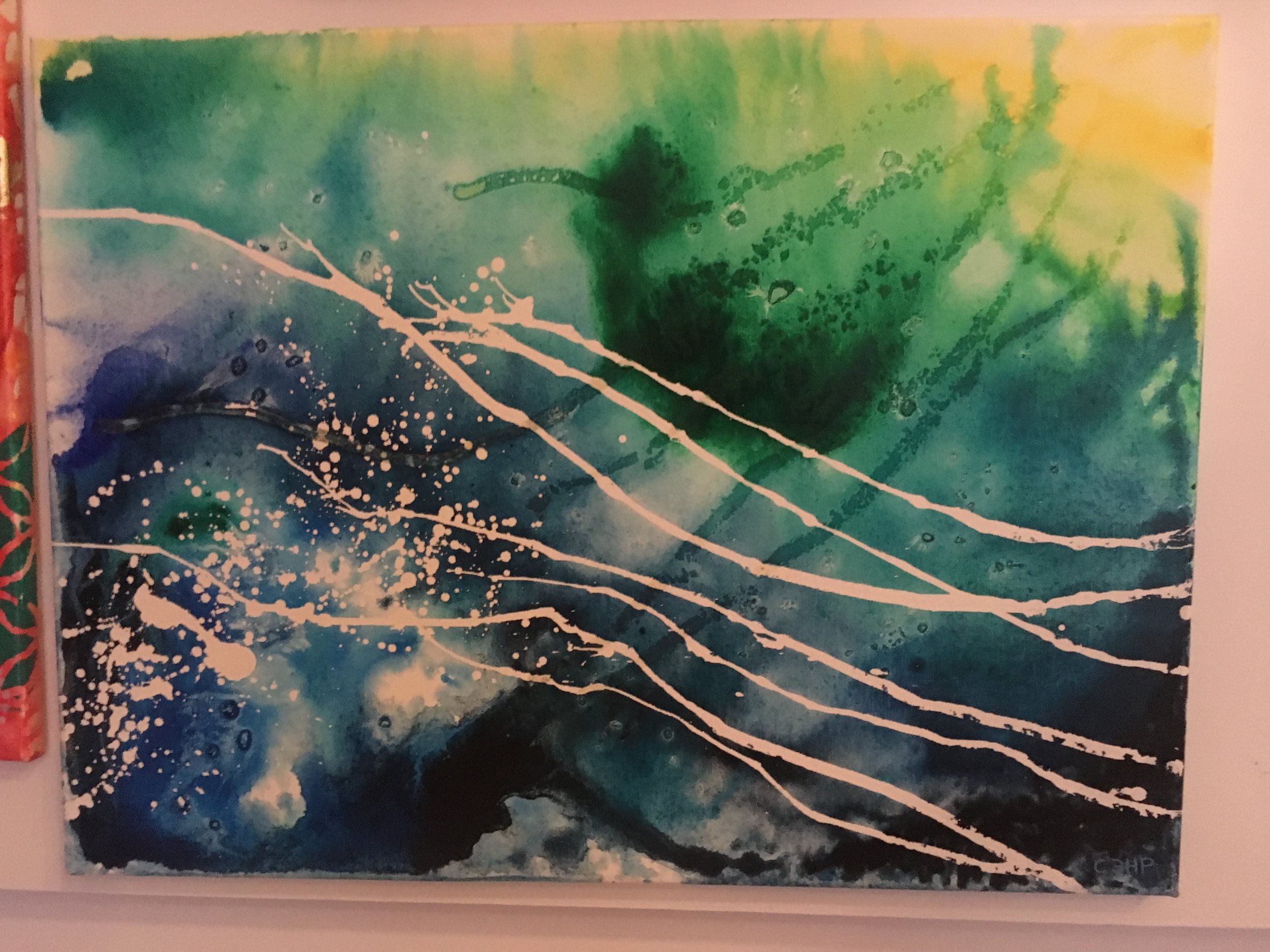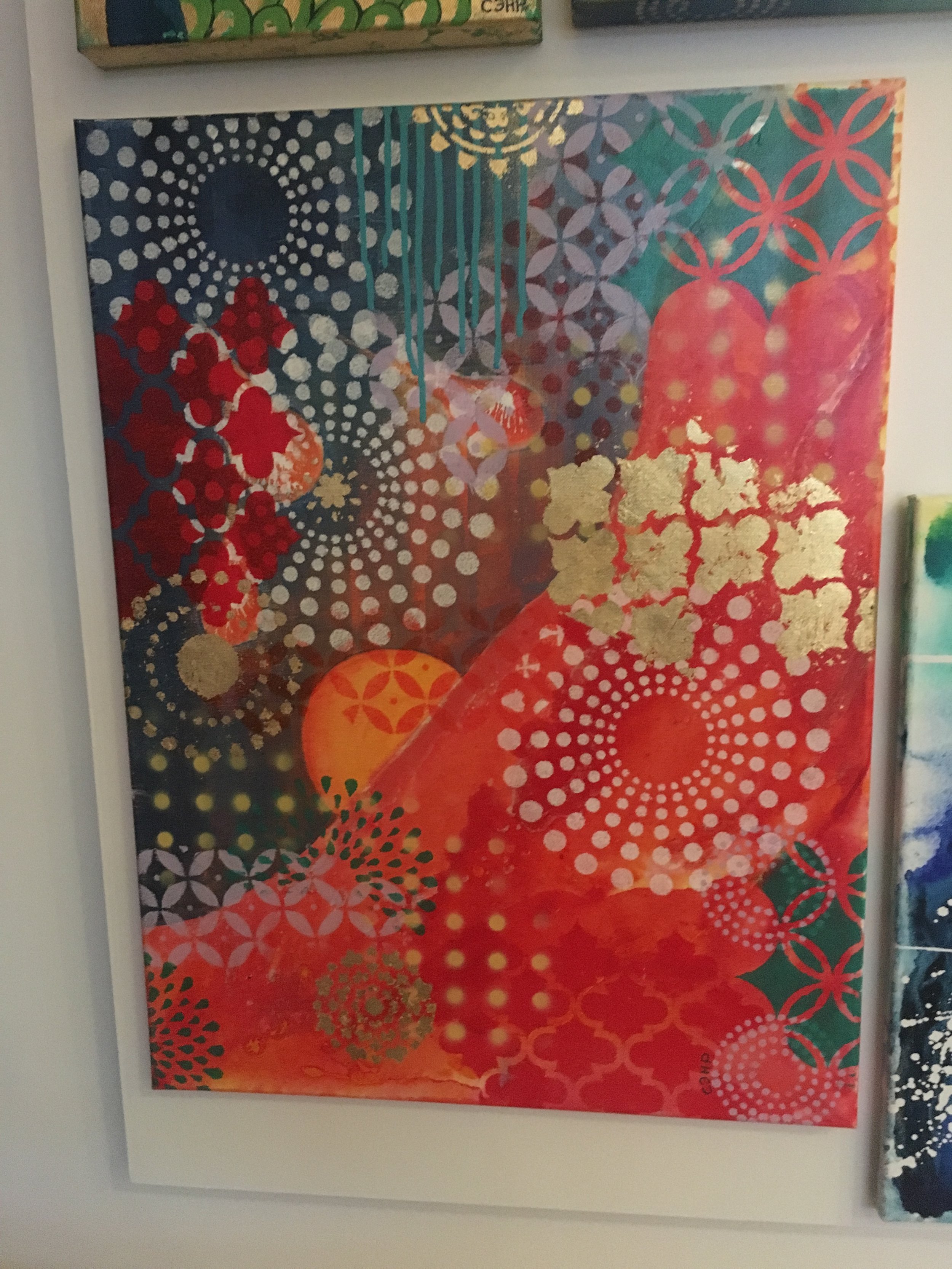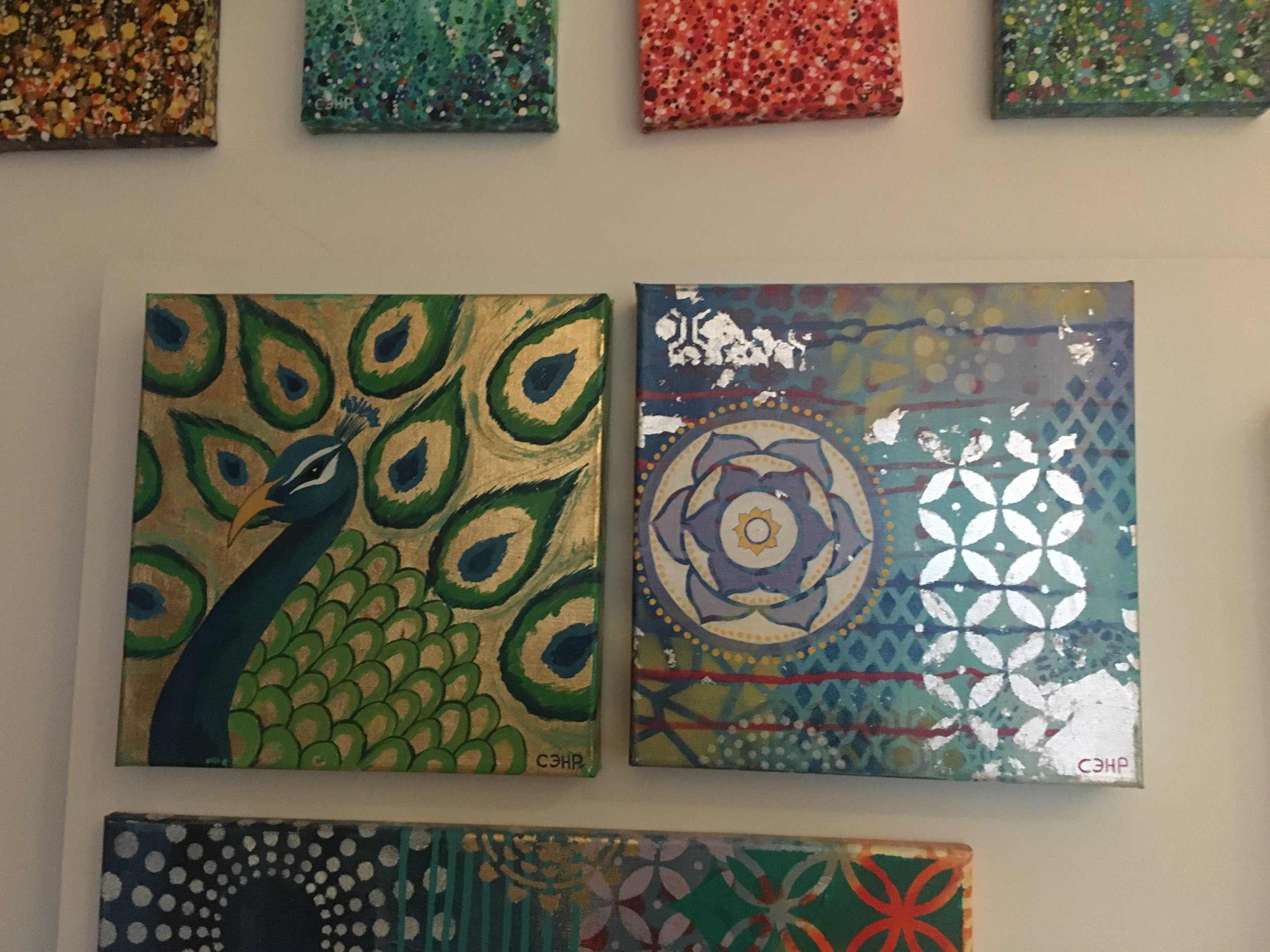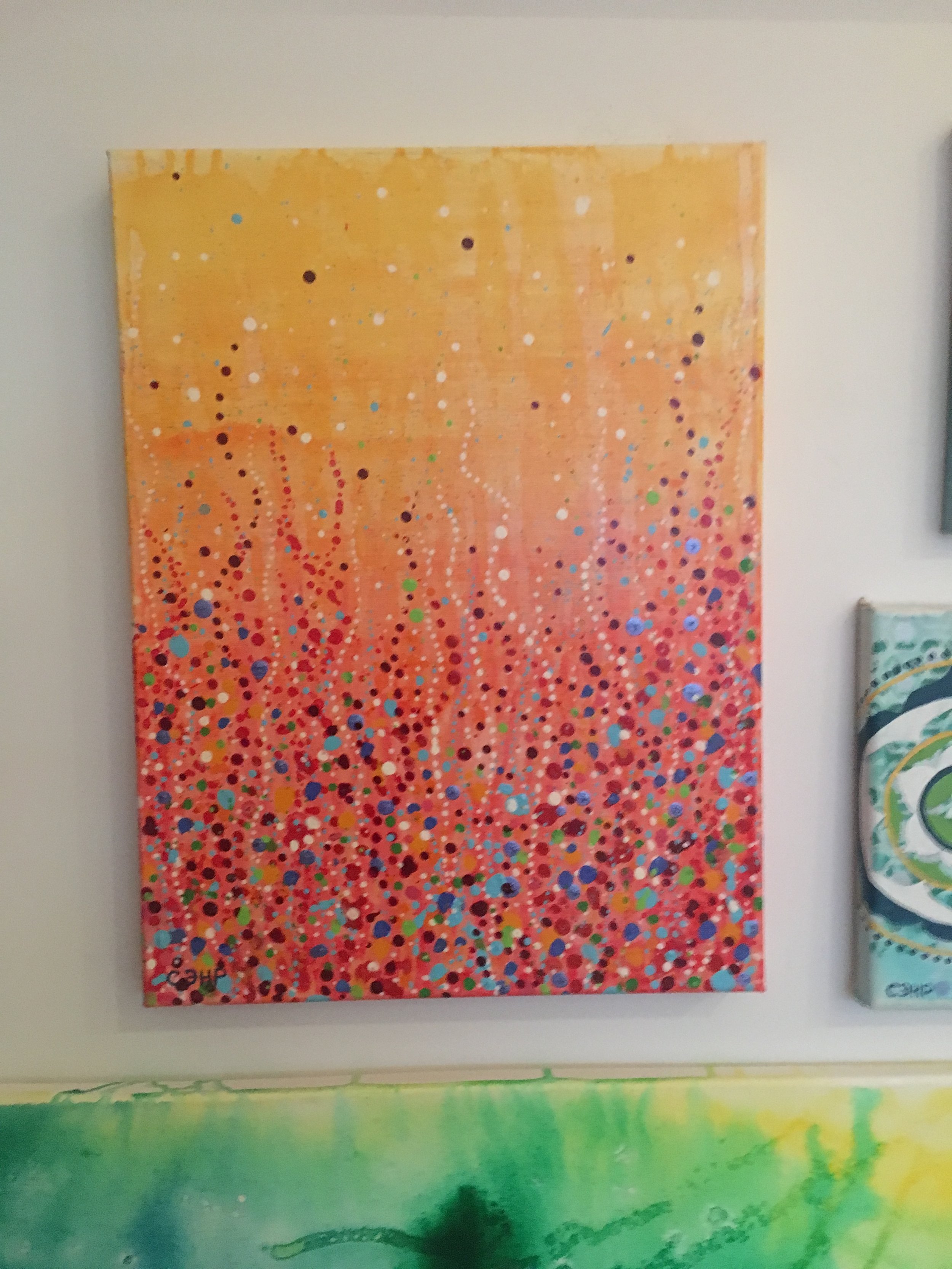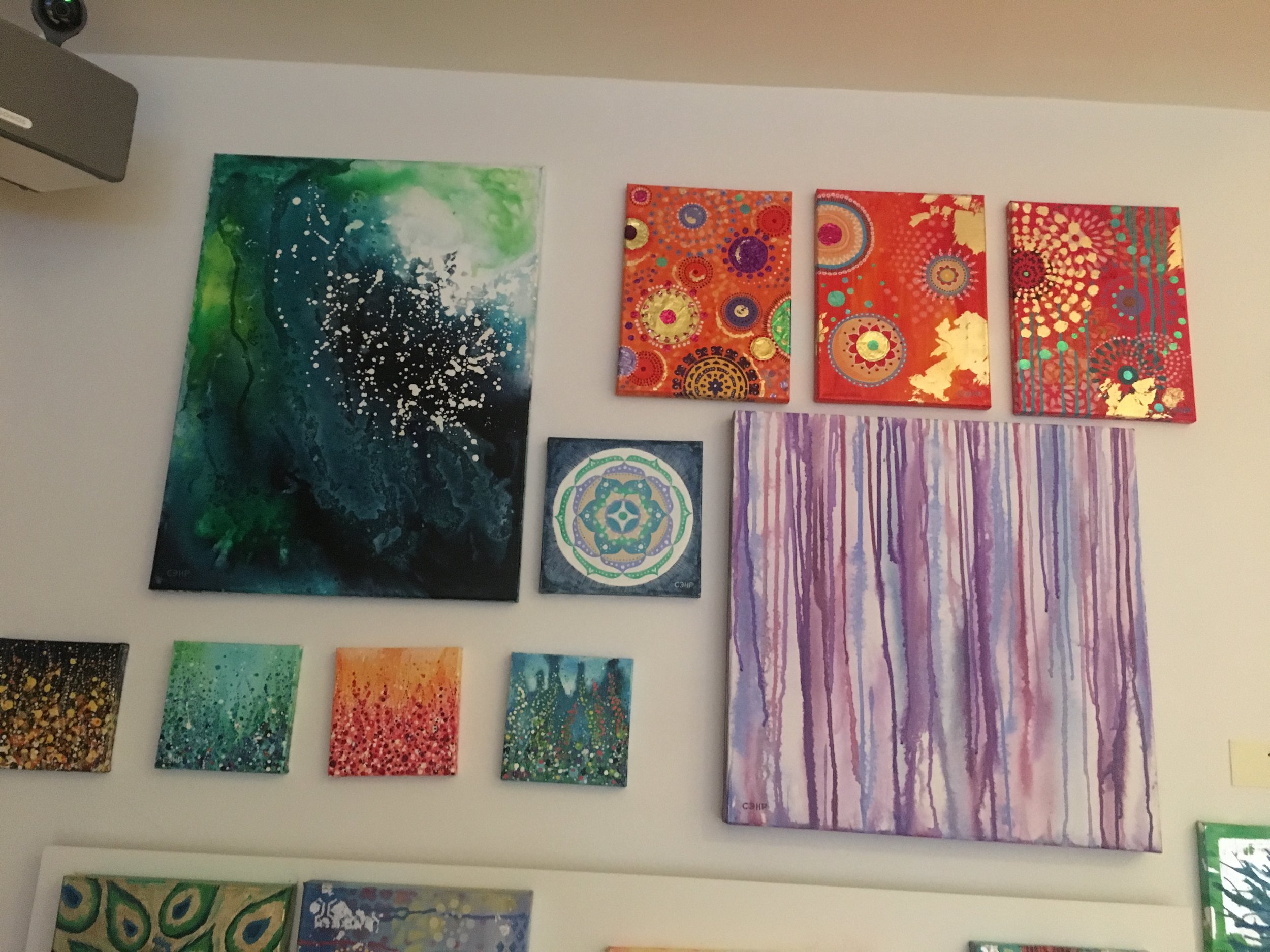I'm inspired at the entrepreneurship and innovation coming out of Montclair State University. Tell me a bit about about MixLab and the genesis of the department.
The MIX Lab is an innovation center at MSU where students utilize technological tools to think and create in an innovative manner. We all work on projects both personal and with outside clients to help push the boundaries of innovation and entrepreneurship. Altarik and I work extensively in the lab to create innovate on everything from packs to other ceramics. The classes taught in the lab allow students the opportunity to think in the world from a different perspective. To us, Innovation is not just about using the newest technology, but to continue moving forward in progress and problem solving.
What are the types of projects that draws your team's interest?
All our work in the lab has led us to form our own startup Urban Nomadic (urbanomadic.com). We are drawn to projects that have a strong ecologically and design focus. Plus collaboration is really important to us. Being able to work with other designers and innovators is critical to us.
What are some of the team dynamics that create a healthy and effective approach to innovation?
I’d be lying if I said we (Altarik and myself) didn’t argue a lot. Yet, I find that it’s the respect through arguing that keeps us working together so well. We aren’t just colleagues and co-workers. We are friends and brothers. having that kind of dynamic among us allows us to be able to work through differences and come to great innovations. The other key part for us working others — we are always looking for people who want to design something transformative.
In our current environment, what brands or people do you consider to be driving true innovation?
I don’t search for innovation among well-known large corporations. I’m surrounded by innovation both here in the lab and in the local design ecosystem of Montclair. Through the lab we have met people who have some brilliant ideas and have seen some products that are surprisingly non-mainstream. MADLab, the architects behind the design of the Local coffee shop are a great example — they taught us a lot. When it comes to people, I’d like to point towards the two people that have taught me how to be an innovative individual: Iain Kerr and Jason Frasca — the co-directors of the lab
What are some of the short term as well as long term goals for the department?
The MIX Lab as well as Altarik and I strive to continue the development of innovations. In the short term, there are a few projects we are working on, some of which could become viable businesses in the future. As Urban Nomadic we are working on a long-term project to eliminate fashion waste through the use of revolutionary biodegradable materials. Altarik and I would love to continue to develop our innovative custom ceramics with restaurants or individuals who are in search of some really unique designs. In regards to the MIX Lab’s long term goals, we are continuing to expand our capabilities as well as who we contact and how to continue to foster innovation.
What were your major product design inspirations for developing and ultimately building the bowls?
When creating this design, I was given the guideline of coffee culture while incorporating local celebration. I believed that if I dug deep into the roots of coffee culture I would find ideas that were no longer “the norm”. This is where the bowl concept came into play. Originally, this bowl was designed as a coffee bowl, but the design had a few uncomfortable niches to it. I discovered along the way the idea of a known face on a cup or bowl and decided to try to create angles that were not usual in bowls. From this, I found a designer who had a work of art like the bowl and felt that I was on a good path. The rest of the design process comes from working closely with Rob and Adele to create a product that they would be proud to use and present. As for the local part, we found a river bank in Glen Ridge (with great help from an MSU professor) with an abundance of rich clay and believed that it was only fitting to use a little part of the world right here in creating these bowls.
What were some of the challenges that your encountered along the way?
Earlier, I spoke about learning new things as being a key goal. When I asked Altarik to join this project, I found very quickly that time was against us. When learning new skills, and trying to meet a deadline all at once becomes stressful, one tends to look at their partner for stability. That was something we did with each other constantly as we did our best to meet (and sometimes fail at meeting) deadlines and tasks. All in all, I would say this was a challenging project by nature, but well worth the time and effort.
What were the most important takeaways for this project?
The most important takeaways are that it is possible for local designers to do things that no one else can do. It was humbling to see Local so ready to put the bowls out for display and use. We learnt that we could do some much more than we realized at first: we could dig up local clays, we could design custom products, we could work with great clients like Local and that the design and architecture community is generous and supportive. Basically, we can away excited to continue this work of collaborating with others in the local community to develop new products and innovative concepts.
Tell us something about design that very few or no one knows.
This design is an accidental design. I was still learning to use the software in the beginning and was going for a different structure to represent known faces and used a feature wrong that presented me this shape. Sometimes accidents bring out the best products. Design is all about processes and truly anyone can be innovative. I think that we need to move away from the notion of a “creative genius” but instead look at things from a set out processes to get towards a place. Really, it is all about doing things and if you fail, the worst outcome is that you will learn from it.
What is it about being in Montclair that supports and drives the program forward?
It has a lot to do with the aspect of “Local”. In Montclair, there is a large culture of innovation and generosity from MSU to MadLab, to Local — everyone was more than willing to help us far beyond what we could ever have imagined. There is a community with a lot to teach and share. I find that Altarik and I connected well with Rob and Adele and that helped us to want to bring them a great product. For other students, here at MSU, it’s the passion of not only solving problems but creating new problems for worlds worth making and innovating that continues to progress the program.
What does local mean to you?
Local to us means the belief in what the community can provide to us and what we can give back in return. It is a symbol of support and love from people that we may know or soon meet that continue to help push in a positive direction. Local is the embodiment of positive goals with belief in each other. It is really about making and emerging with the things you have around you. We also believe that local is about sustainability and collaboration. Through our newest project, Urban Nomadic, we are not only looking to work for people who are trying to make a difference, but we are trying to make a difference ourselves through the use of renewable resources. Local is not just about the people, but also about the environment we share with everything in the world and our aim is to protect as much of that as possible.
https://www.montclair.edu/entrepreneur/3d-printing/mix-lab/
